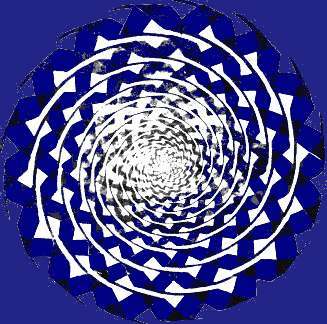 A European
walk through Bordeaux 17
A European
walk through Bordeaux 17
The Restaurant of the Kings.
5, rue Montesquieu.

Le Chapon
fin à la Belle Epoque.
It was in the late 19th century that Joseph Sicart and Louis Mendiondo turned this establishment into not only the most famous restaurant in
Bordeaux, but also, for many,
“the best in Europe.”
The Chapon Fin and its famous cave began as a unique and unusual
setting, in 1900, comprised
of a natural rockery and greenery that, according to some, created “a room that is something of a mix between an aquarium and a rock garden.”
Father Sicart welcomed his guests
there, with his long white beard, surrounded by a wall of the most prestigious vintages, classed in ascending order, from bottles to magnums to jeroboams to imperials. Above and beyond its cave and winter garden, the establishment has always
owed its well-deserved celebrity to its delicious cuisine, whose aroma was
quick to cross the boundaries and unsurpassable
riches of its cellar. Thanks to this address, Curnonsky, a strong fan
of its cèpes à la bordelaise, decreed
Bordeaux the “capital of good food.”
Having been crowned by the “Prince of Gastronomy,” the establishment would
go on to become the restaurant of the kings. Its threshold
has been crossed by a succession of royal visitors, from King Manuel II of
Portugal to the future Edward VII, still Prince of
Wales, not to mention King Alfonso XIII of Spain, who
was a regular customer and, legend has it, had his
own personal cellar. All Europe’s celebrities came to enjoy its cuisine, from
Toulouse-Lautrec to the Italian poet
Gabriele D’Annunzio and the Czech
artist Mucha. People came, and returned,
attracted by the enchanting
spell of its filets de sole
florentine, its albufera chicken and, of course, its eponymous and royal chapon [capon]. Alfonso XIII was ever faithful
to its pudding glacé, Sarah Bernhardt to its ortolans en caisse, and Aristide Briand to its lamproie au vin rouge. As for Sacha Guitry, he regularly devoured
a tournedos diplomate. Anatole France took delight in a Château Margaux 1869, echoing
the toasts of English diners at neighbouring tables
as they rose their glass to
their monarch: “God save the Wine.”
Its reputation was such that
its manager, Louis Mendiondo, even had to have a petrol pump and car park installed at the turn of the century. A myth had been born. Clemenceau,
Poincaré, Herriot and Auriol were all seen there. The tree, which had
been kept after the
destruction of the former convent of the récollets and which
stood proudly in the middle
of the room at the beginning of the century, has now disappeared. But the cave and the white columns
that made the establishment so
famous still remain. The Chapon Fin has its
place in history.
It has also witnessed some tragic events,
the kind that will never be
commemorated by a plaque. There were
two such occasions, first
in the early days of the
Great War, at which time it served as a headquarters for Parisians having fled to Bordeaux, then during the debacle of 1940, when it served as a refuge for celebrities from all over Europe.
In June 1940, when the government was in Bordeaux, all
the heads of government in
exile, the generals, the ministers
and the ambassadors of the city would
gather there. At least all those lucky enough
to find a place. On 17 June
1940, when Marshal Pétain called
for an armistice, at the exact moment when he was inviting
France to “cease the fight,”
Count Sforza, exiled by Mussolini, British Ambassador Sir Ronald Campbell, Edward Spears, the envoy of Winston Churchill, for whom
the restaurant was the “best” in Europe, and writer Louise Weiss were all dining there. Weiss would go on to say: … …
… …
… …
… …
… …
|
Le Chapon
fin à la Belle Epoque. |
Le Chapon
fin à l'époque du "platane". |
Le Chapon
fin in 1980. |
Le Chapon
fin à l'époque du "platane".
Go to the
Marché des Grands Hommes, cross or bypass it, then go
into Cour Mably to enter Rue Mably.
© Bertrand Favreau
and Tyché Editions 2014
The Intellectual Property Code prohibits copies or reproductions intended
for collective use. Representation or reproduction in
whole or in part by any means whatsoever, without the consent of the author
or his successors, is unlawful and constitutes an infringement of
copyright under articles L.335-2 and following of the French Intellectual
Property Code.


